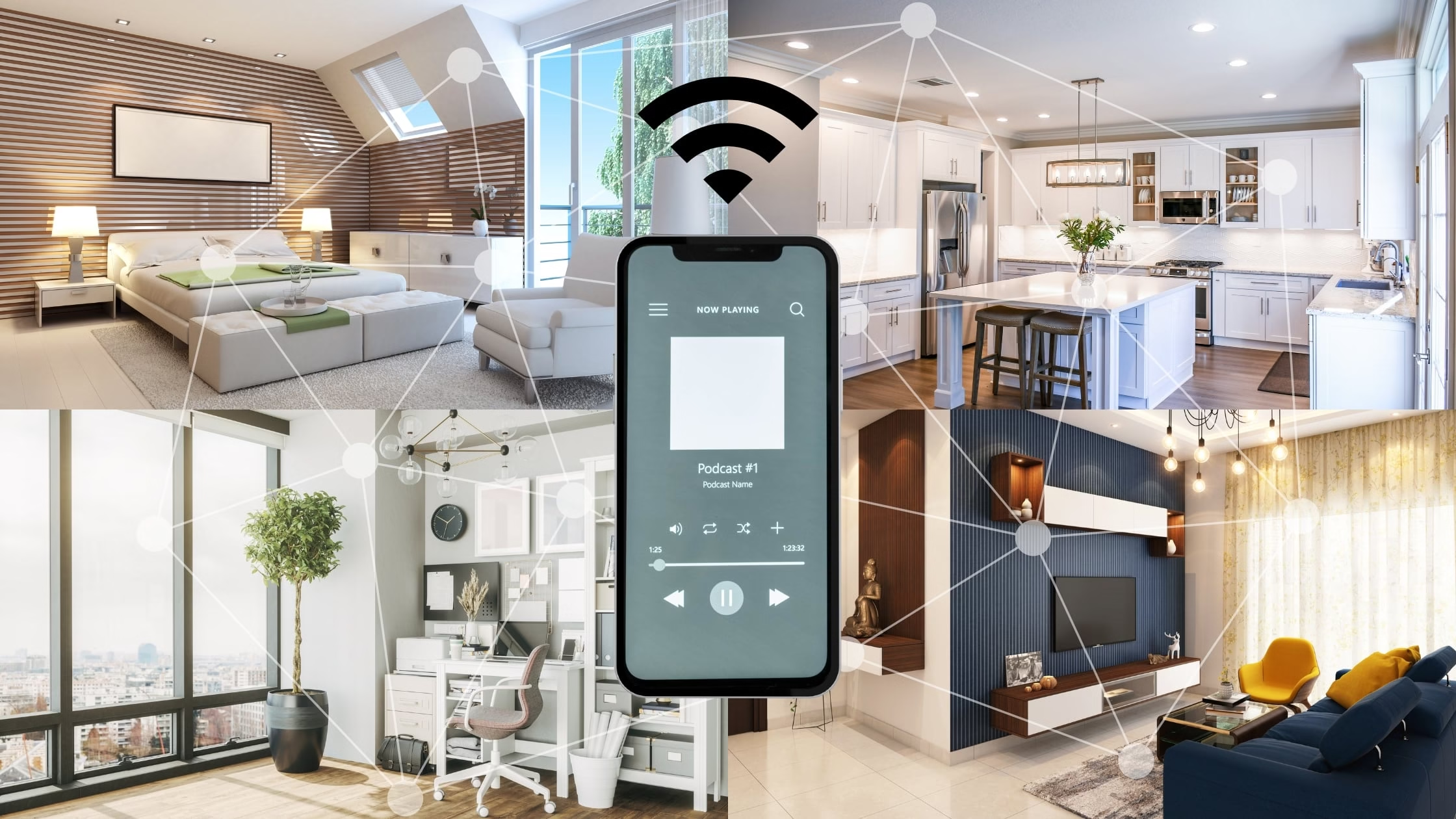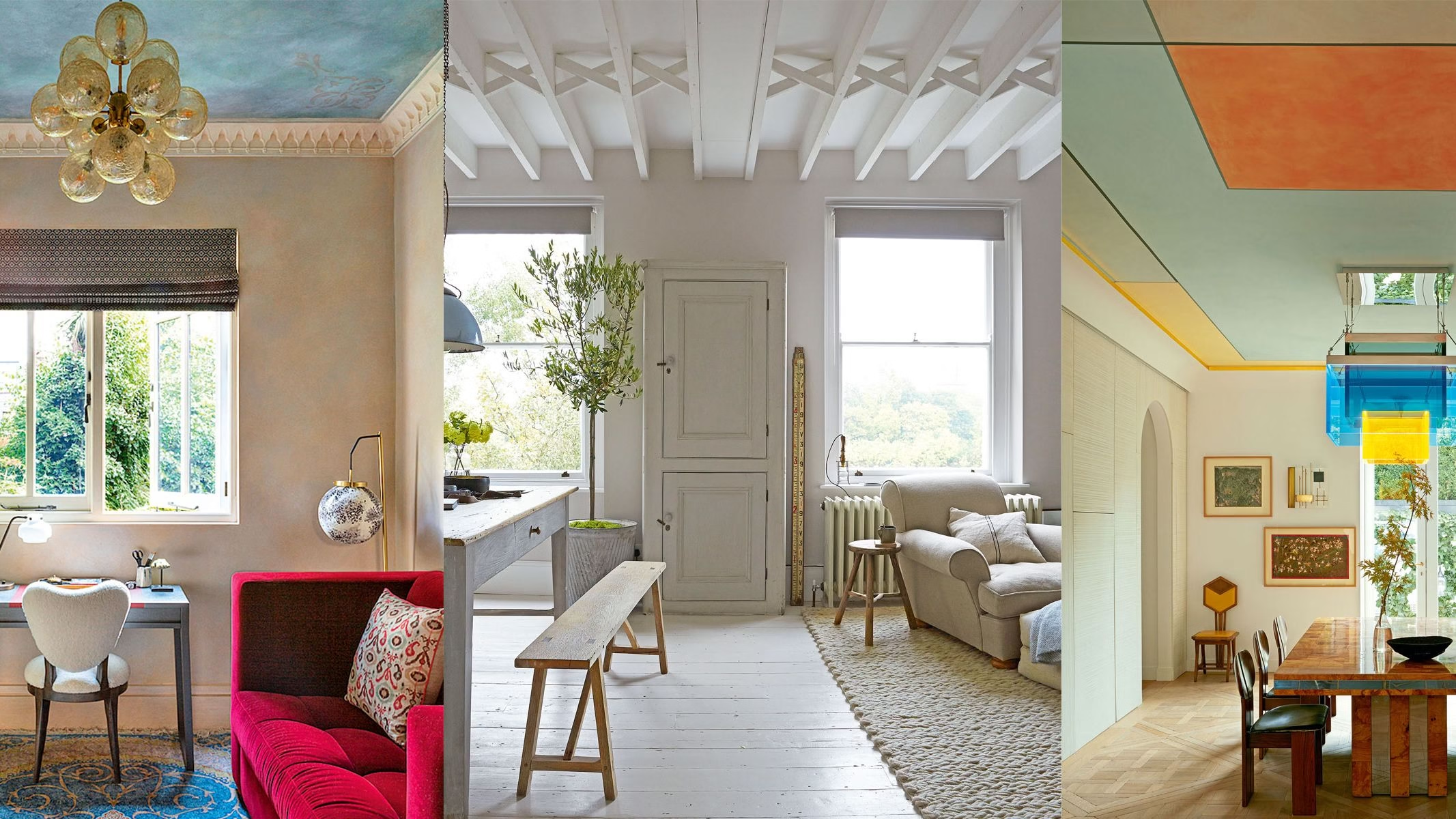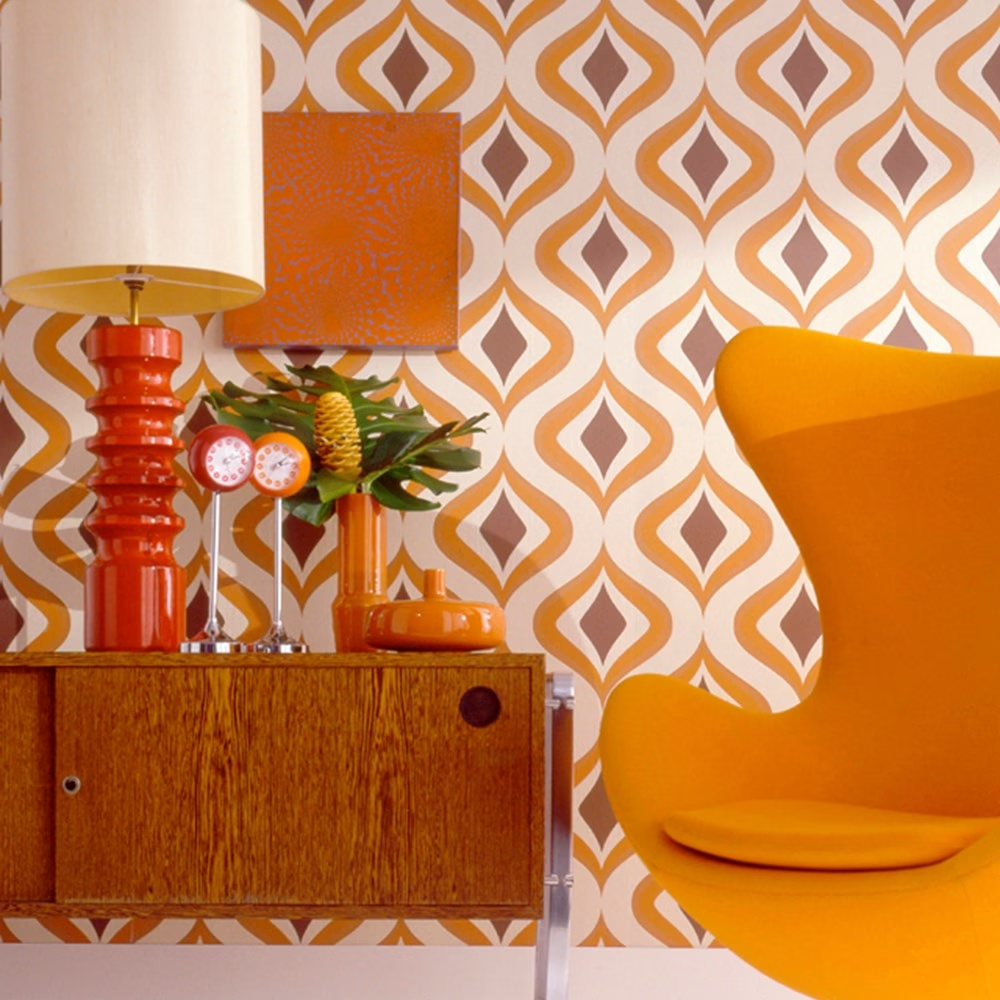Introduction
Smart devices were once siloed, each requiring its own app and account, and consumers were often frustrated by poor interoperability. In recent years, a purposeful shift toward shared standards and platform collaboration has been driven by industry consortia and major tech companies. As a result, the average connected home is now capable of being orchestrated through fewer control points, stronger automation, and more intelligent, anticipatory behaviors. The market that supports these changes has been sizable and expanding rapidly, driven by falling device costs, higher consumer awareness, and broader smart speaker adoption; growth in market size and device variety has ensured that integration is now the most important factor for long-term usability.
1) Universal device compatibility via Matter (and Thread)
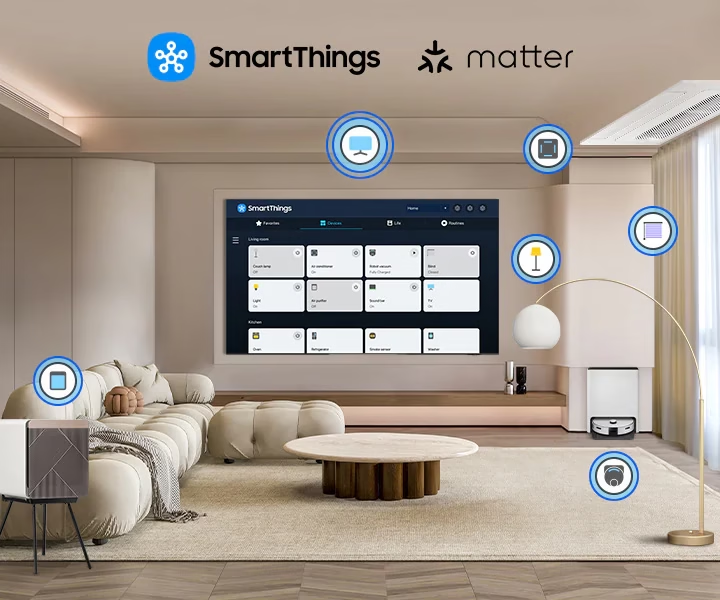
The Matter standard has been positioned as the single most consequential interoperability initiative in smart home history, and its continued maturation is what has enabled otherwise incompatible devices to finally be made to work together. Matter provides a common language for devices — “capabilities” such as on/off for lights, brightness, color, temperature setpoints, or door lock state — and it has been backed by Apple, Google, Amazon, Samsung, Ikea and many major manufacturers. As Matter has improved through iterative releases, setup processes and reliability have been prioritized to reduce the friction of onboarding devices and to reduce the reliance on proprietary apps. These changes have been widely reported and were the subject of major industry coverage in 2025, which highlighted the improved compatibility and larger ecosystem of Matter-capable devices.
Homes that are being outfitted today are being encouraged to adopt Matter-enabled hubs or devices where possible, because those devices are more likely to be redistributable across ecosystems (for example, lighting that can be controlled by either HomeKit, Google Home, or Alexa if Matter is supported). Early adopters have reported that the setup experience has been simplified with version updates that allow multi-device QR codes and streamlined onboarding — an important improvement for multi-pack bulbs or sensor packs.
2) Voice and conversational AI as the primary interface

Voice assistants have evolved from occasional convenience to primary interfaces for many households. The rise of smarter assistant models — including major pushes by companies to integrate advanced large-language models and multimodal reasoning into the home — means that voice was being used in 2025 not just to turn lights on and off, but to orchestrate multi-device routines, answer complex household questions, and even troubleshoot smart devices.
Voice interaction is being used to create hands-free routines such as “good night” which locks smart locks, turns down thermostats, arms security systems, and dims lights across the home. The integration of more advanced AI into voice platforms has meant that a single spoken request can be interpreted in context, with devices being coordinated across different manufacturers where standards like Matter are present.
3) AI automation and predictive routines

Automation engines have been augmented with AI so that routine actions are predicted and suggested rather than rigidly scheduled. For example, thermostats, blinds, and lighting are being adjusted based on learned occupancy patterns, calendar events, and weather forecasts. This predictive capability has been increasingly being offered by both cloud services and local controllers, with different vendor approaches to privacy and reliability.
A heating schedule is no longer manually programmed but is learned and then suggested to the homeowner; vacuum robots with mapping sensors coordinate with occupancy detection and can be scheduled to clean rooms when people are not present. The smart home is increasingly being made proactive: doors are locked at likely times, lights are preheated for evening routines, and energy-saving modes are activated when the residence is predicted to be vacant.
4) Unified security and monitoring (video, sensors, and access control)
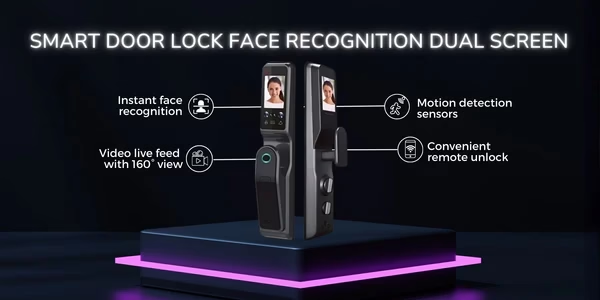
Security has been the single area where integration delivers an outsized value: when cameras, door locks, motion sensors, glass-break detectors, and alarm systems are integrated, the overall security posture rises above the sum of its parts. Integrated security solutions now commonly provide event correlation — for example, a front door opened at an unexpected hour will be cross-checked against camera footage and motion sensor activity and a push notification will be sent with context and suggested actions.
In modern setups, a visitor is identified (via optional face recognition where legally allowed), a doorbell camera feed is routed to the homeowner’s preferred display, and the smart lock is unlocked only after explicit voice confirmation or biometric confirmation through a paired device. For property managers and installers, cloud-based management portals offer device health, software updates, and anomaly detection across multiple homes.
5) Energy management and demand response
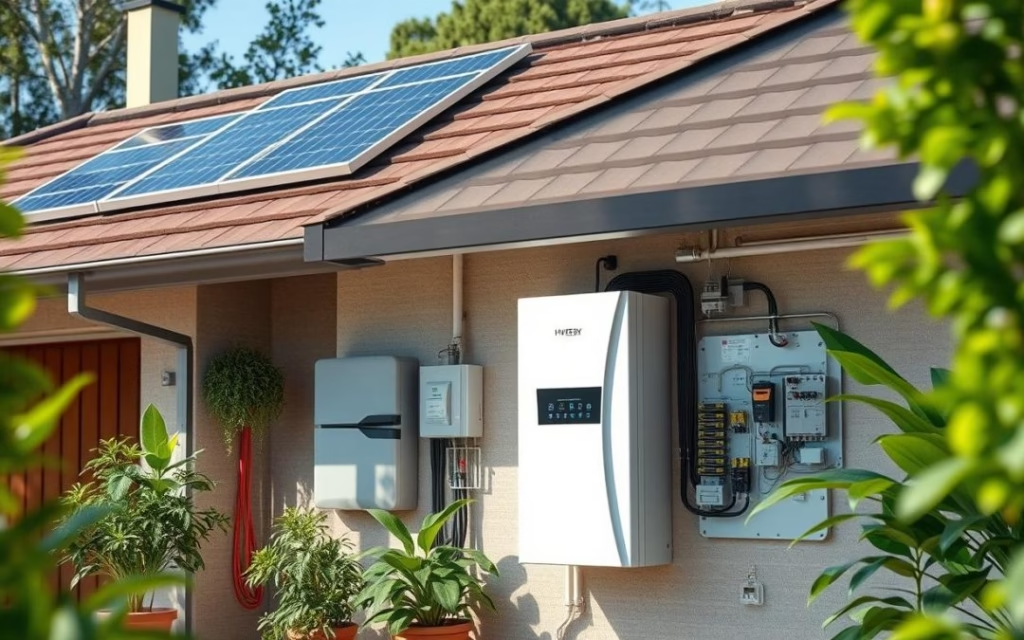
Energy integration has become a mainstream reason for smart home upgrades. Smart thermostats and smart meters were already reducing wasted energy, but the 2020s saw the integration of solar inverters, battery storage, EV chargers, and utility demand response programs. Home energy management systems are being integrated with the grid to shift consumption to cheaper or greener periods, and some homeowners are being rewarded by utilities for participation.
A home’s charging schedule for an electric vehicle is set to low-cost hours automatically, while solar production is routed to the house when generation is high and storage when prices spike. Smart thermostats are coordinated with occupancy sensors to reduce HVAC consumption without sacrificing comfort. These integrations are commonly orchestrated by a central home automation platform or an energy hub provided by a solar/battery vendor.
6) True multi-room audio and media orchestration
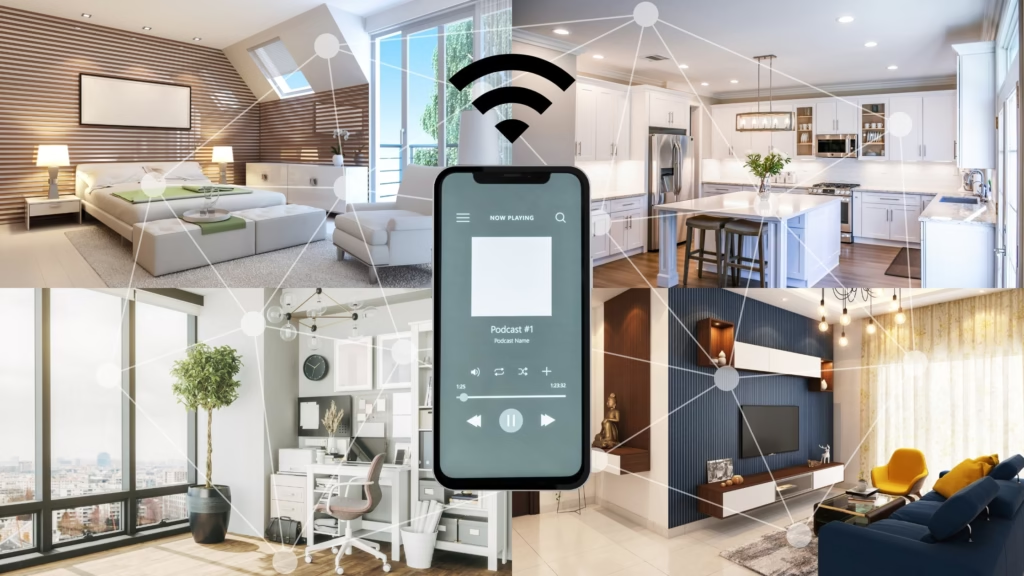
Media integration across rooms has been a consistent consumer driver. The ability to cast music to multiple speakers, to have synchronized video profiles, and to manage audio zones through a single app or voice command has been transformed by advances in platform APIs and the consolidation of streaming services.
Multiroom audio was being used for whole-home wake-up routines, synchronized party playlists, and targeted notifications (for example, an announcement to a single zone when a caller is at the door). Media devices are being integrated so that a single “watch together” command can pause in living rooms while continuing in the bedroom.
7) Local-first control and hybrid cloud architectures
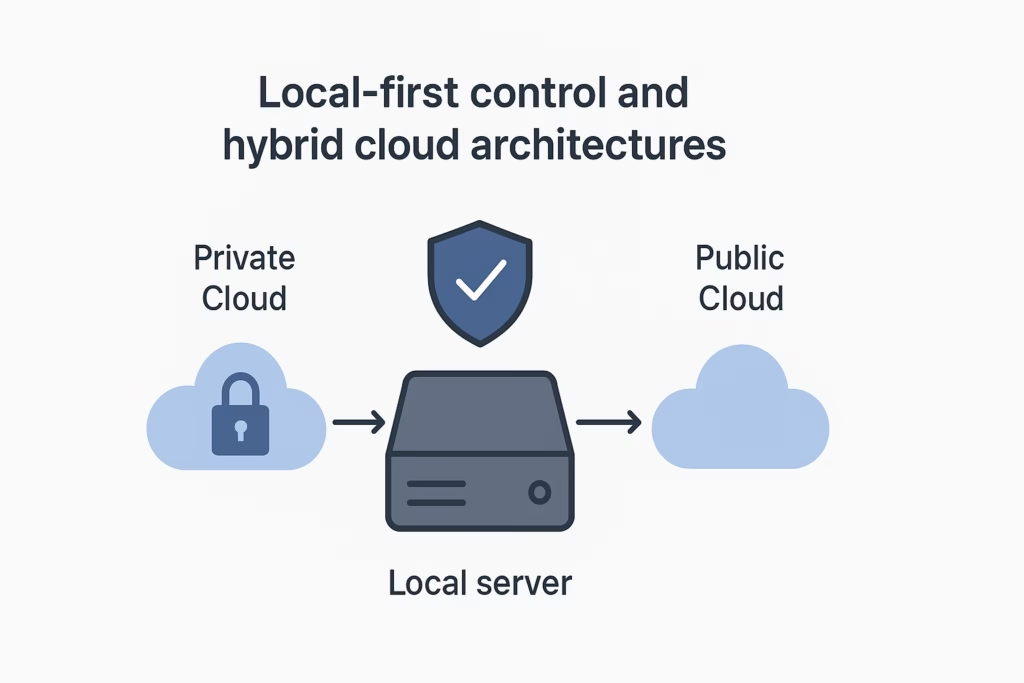
Reliability and privacy concerns have driven a renewed emphasis on local-first control architectures. Where possible, critical automations are being executed locally on a hub or controller so that network or cloud outages do not prevent doors from locking, lights from turning on, or cameras from recording. At the same time, cloud services are used to extend capabilities — for example, for remote access, advanced AI processing, and backup.
Local controllers such as hub devices or a self-hosted automation server are now often used to run core routines, with cloud connections used to enrich the experience. For instance, local rules are executed for security and presence, while cloud features like voice assistant transcription, advanced AI video analysis, or remote notification are activated when the cloud is available.
8) Integration of home health and eldercare monitoring

Smart home integrations have been increasingly applied to wellness and assisted living. Sensors for fall detection, air quality monitoring, and medication reminders were being coordinated with caregivers and medical services in ways that were previously impossible. This space is being viewed as high-impact because it addresses aging populations and the desire to age in place.
Passive infrared sensors and contact sensors can be combined to detect unusual activity patterns (such as lack of movement during expected awake hours) and can trigger alerts to family or professional caregivers. Air quality monitors, temperature alerts, and drug dispensers that report compliance are now being used to provide both safety and peace of mind.
9) Cross-vendor scene management and orchestration
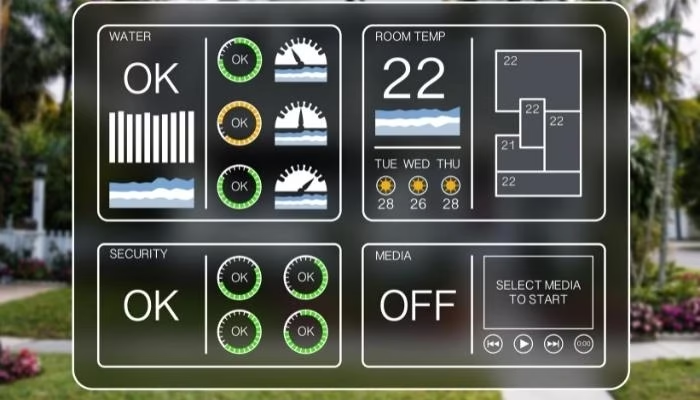
Scenes and routines that involve multiple vendors were historically difficult to author and maintain. Today, the ability to construct a “scene” that combines lighting, shades, HVAC, and media is being provided by improved automation engines and the adoption of common device profiles. These scenes are being used to create dramatic automations (for example, “movie time”) and practical scenarios (for example, “vacation mode” which simulates occupancy while locking and securing the house).
Creating a scene is now a two-step process in many platforms: (1) the devices are added and grouped, and (2) the automation engine is used to sequence actions based on triggers. Scenes are executed either by voice, scheduled triggers, or event triggers (such as geofencing when the last person leaves the home).
10) Professional and installer tools: remote management and fleet provisioning

As smart home deployments scaled beyond single homes to multi-unit housing and property management, the need for professional tools increased. Remote provisioning, bulk device onboarding, centralized firmware management, and health monitoring for fleets of devices were being offered by both platform providers and third-party service companies. These tools allow property managers and MSPs (managed service providers) to maintain many installations at scale.
A manager of multiple properties can be warned immediately when a battery sensor is low or when a camera goes offline, and firmware updates can be staged and applied remotely. Bulk provisioning reduces time on site and ensures consistency across units.
Conclusion: why integration will define smart homes
Integration has moved from the future promise to an actionable reality in 2025 because standards have matured, AI interfaces have become more capable, and market growth has justified the investment in both local and cloud orchestration tools. The ten integrations described above are where most value will be realized: Matter and Thread-enabled interoperability, AI and voice interfaces, predictive automation, integrated security, energy and EV coordination, multiroom media, local-first reliability, home health monitoring, cross-vendor scene orchestration, and professional provisioning tools.
Homes that are being built or upgraded today are being designed with an emphasis on interoperability, resilience, and user privacy. For homeowners, integrators, and product designers, the advice is consistent: choose devices that support open standards where possible, design a hybrid local/cloud system for the best resilience and privacy balance, and plan for incremental upgrades rather than large rip-and-replace projects.
Click here to read more trending HOME NEWS here.
![]()
